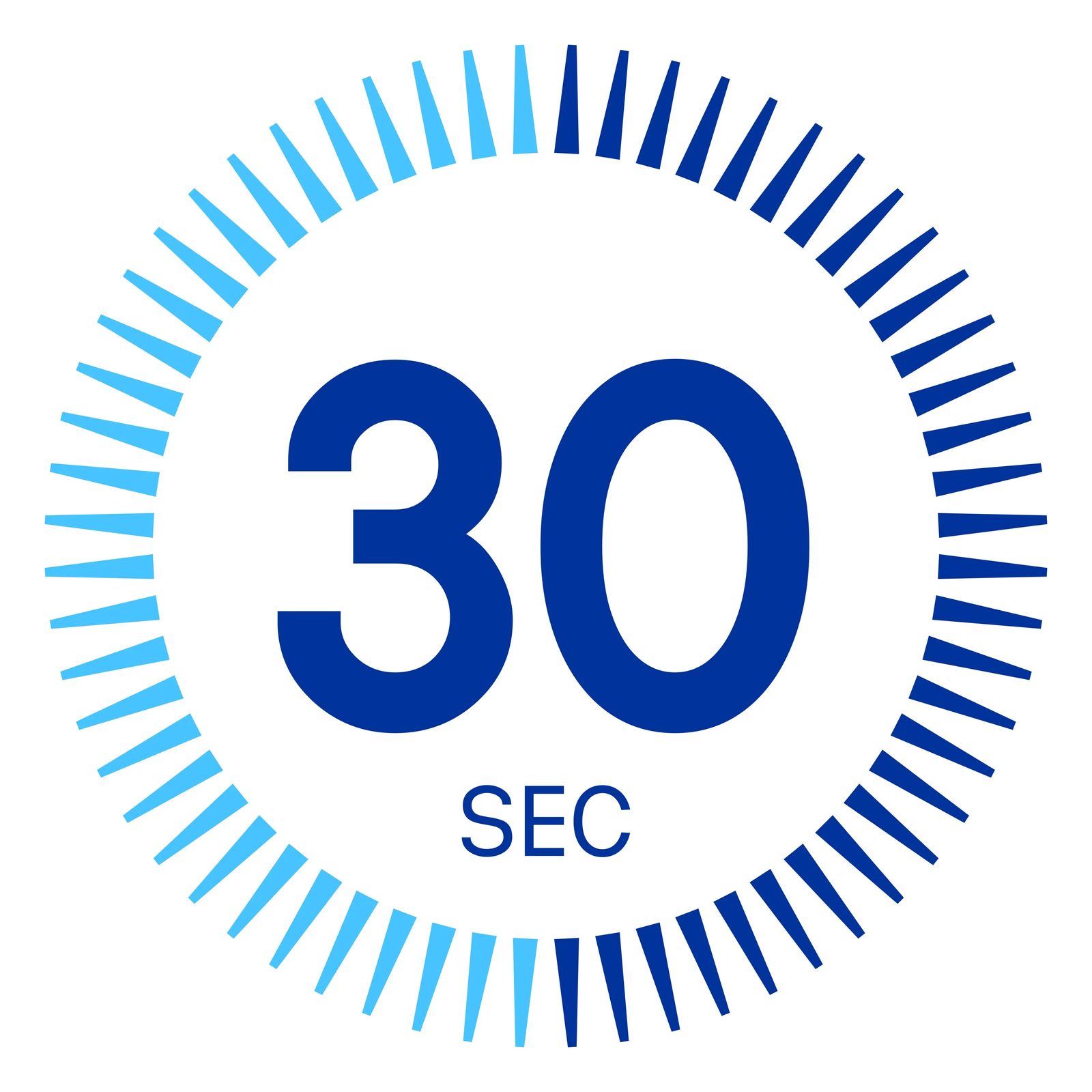
30 Second Elevator Pitch
February 28, 2024– Michael Marsh
A question that we use in our training of our interns and trainees, most new to the workers' compensation claims industry is: What is it that we do?
Are you training your interns about the foundation of what we do? What we are responsible for? We feel successful when our emerging trainees feel confident with their answer to what it is that they do in their job administrating workers' compensation claims if the message can be delivered succinctly and understandably in a simple 30 second elevator pitch.
In workers' compensation claims, the claims professional has a great number of responsibilities in order to do their job successfully. The claims professionals are the hub in the center of a multi-spoke wheel. Almost everything that takes place on a workers' compensation claim involves the claims professional assigned to the situation. Myriad pressures exist from all directions:
- The Recovering Worker
- The Worker's Family
- The Employer
- The Medical Case Manager / Nurse
- The Vocational Rehabilitation Counselor
- The Defense Attorney
- The Worker's Attorney
- The Worker's Co-Workers
- The Claim Professional's Supervisor / Manager / Safety Department / Actuarial
- For Independent Claims Operations, The Upstream TPA, Broker, Producer
- The Reinsurance or Excess WC Insurance Company
- Etc, Etc, Etc
In addition, there are general Best Practices guidelines that must be followed. There are specific Client Handling Instructions, which are typically different for each large employer. There are the unwritten rules in the claims operation...some refer to those items as "that's the way we've always done it" processes. There are many other stressors to the claims professional just be cause they are the adjuster. How in the world can a job so complicated be summarized in 30 seconds or less?

Our training uses the paradigm of the 30 second elevator pitch. The pitch is commonly used and referred to in the start up phase of emerging industries. When searching for investment partnerships, most entrepreneurs hone their message to the 30 second pitch.
From Bing Co-Pilot:
"An elevator pitch is a succinct and compelling introduction that concisely conveys who you are, what you do, and why it matters. Imagine you’re in an elevator with someone who has the power to advance your career—your goal is to capture their interest within the duration of that elevator ride (approximately 30 seconds). Here are the essential elements of an effective elevator pitch:
- Introduction
- Value Proposition
- Audience-Centric
- Call to Action
Remember, an elevator pitch isn’t just about talking about yourself—it’s about engaging the listener and prompting them to take action."
The four steps referenced in the Co-Pilot summary are not entirely on point for our training. For example, step 4, the Call To Action, is rarely a step we might use when a non-claims industry person asks us about what we do for a living. There is no call to action because we are not attempting to attract venture capital or make a sale. The only action we seek is that of understanding.
We are challenged then with the first three elements.
Introduction. This doesn't take much training. We simply encourage our trainees to clearly state their name and for whom they work. The follow on questions / statements is where the foundations for the next two elements are laid out.
Unless they work for one of the large national insurance companies that advertise on the internet or television, most people that we meet have likely never heard of our company. This is not unusual. Most claims operations are not public facing like one would expect from the manufacturer of an automobile, producer of breakfast cereal or internet search engine company. We focus our answers upon our company name, that we have been in business in the same city since 1945, and how much we appreciate the opportunity to serve the public and the residents of our state for so many years.
Audience-Centric. Taking the Co-Pilot quoted language above out of order best serves our training. Second, after Introduction, we encourage our staff to consider the receiver of the pitch. As with the handling of a specific, individual claim, it is important to identify the experience and motivations of the person with whom we are communicating in order to effectively share the message. You've heard Bob Wilson before...Words Matter. Shaping the message is very important.

Is the person we are speaking with an insurance expert? Are they a layperson that has never heard the term workers' compensation? Are they related to a person injured that had a workers' compensation claims process experience? Have they themselves ever had a claim in the system?
The answers (much of the time derived only from gut instinct and contextual clues) help us craft and word a message that will be as well-received and understood by the person with whom we are speaking.
Value Proposition. With at least a base level of understanding about the person to whom we are speaking, we move to the heart of the 30 second elevator pitch. We've communicated who we are, where we are and for how long we've been pursuing success on our mission. It is the what of the WWWWHW that remains. And perhaps the most important factor in training all of our incoming, non-experienced folks.
In our case, we try to keep the what as simple as possible. This is both for the training of actual workers' compensation claims administration AND for knowing our 30 second elevator pitch. What is it that we do?
Our pitch: We as claim professionals help workers injured on the job access the most timely, effective and relevant medical care possible in order to get them back to work and out of the system as quickly as possible.
This helps the employers get their trained, effective staff back to the job quicker and helps the payer (insurance company or self-insured organization) with lower claim costs. People that recover from their injuries faster return to work faster. Faster return to work = Lower costs.
For the worker: Win. For the employer: Win. For the payer: Win.
Takeaway: A good measure of one's understanding of the workers' compensation claims process is to be able to explain it understandably to someone outside the industry in 30 seconds or less.
